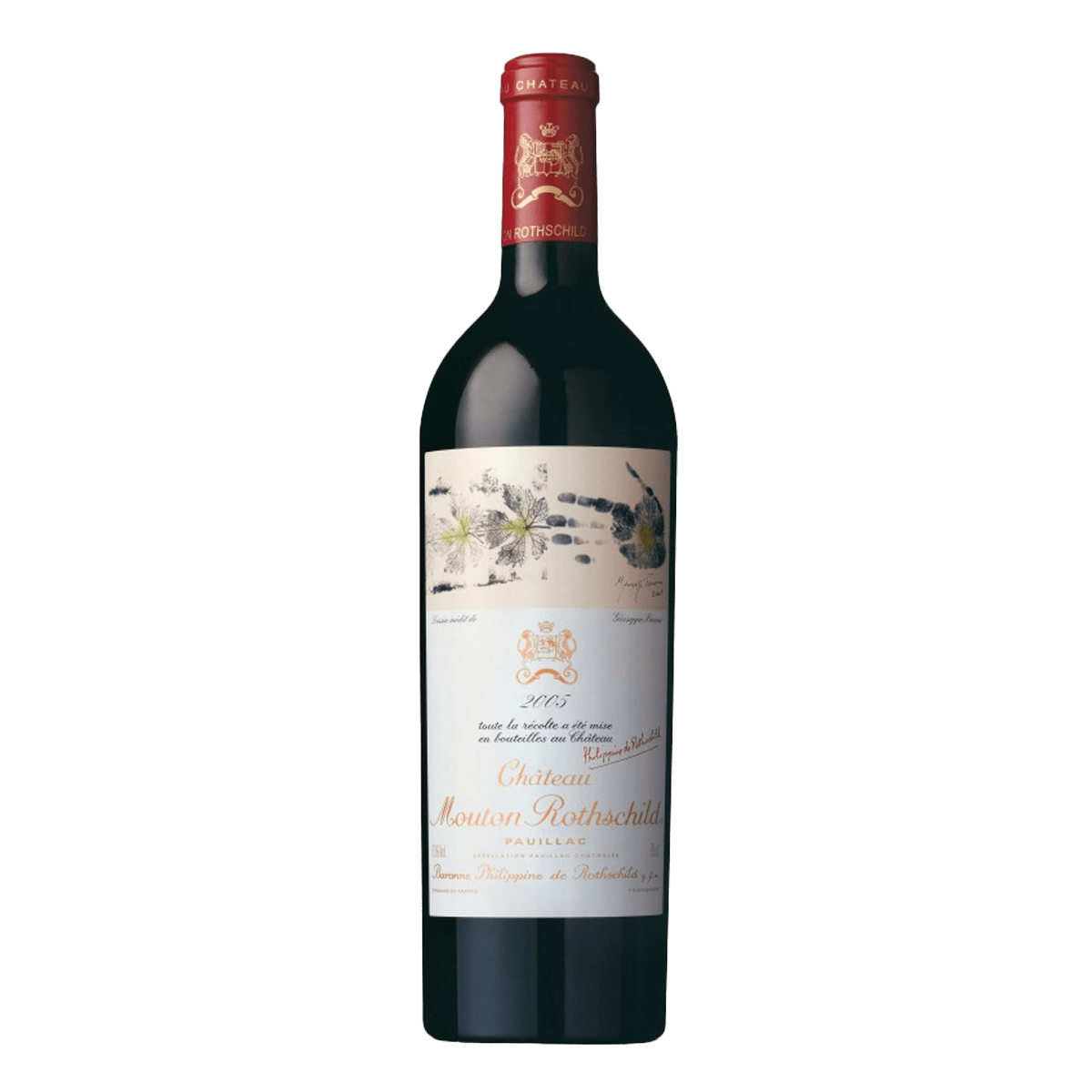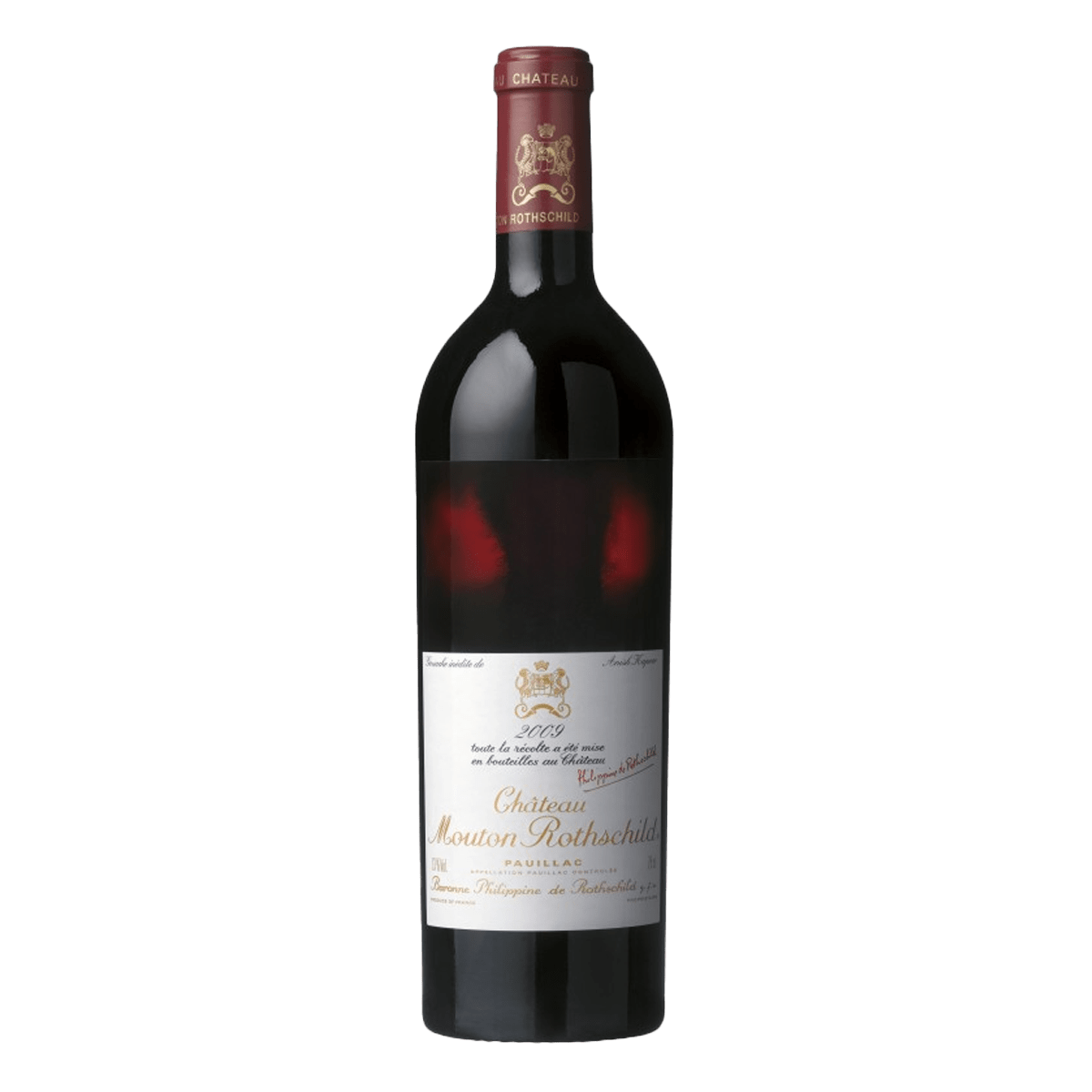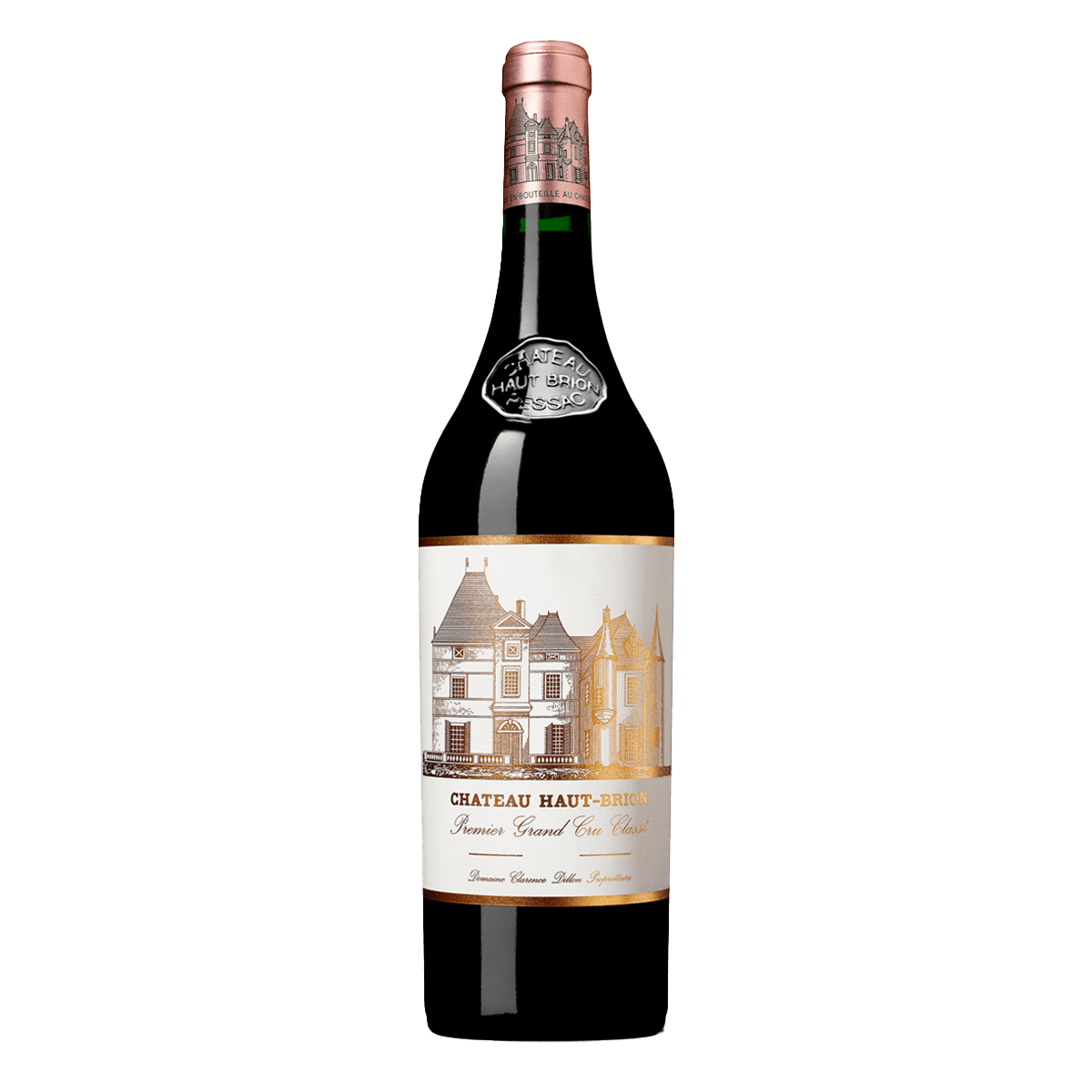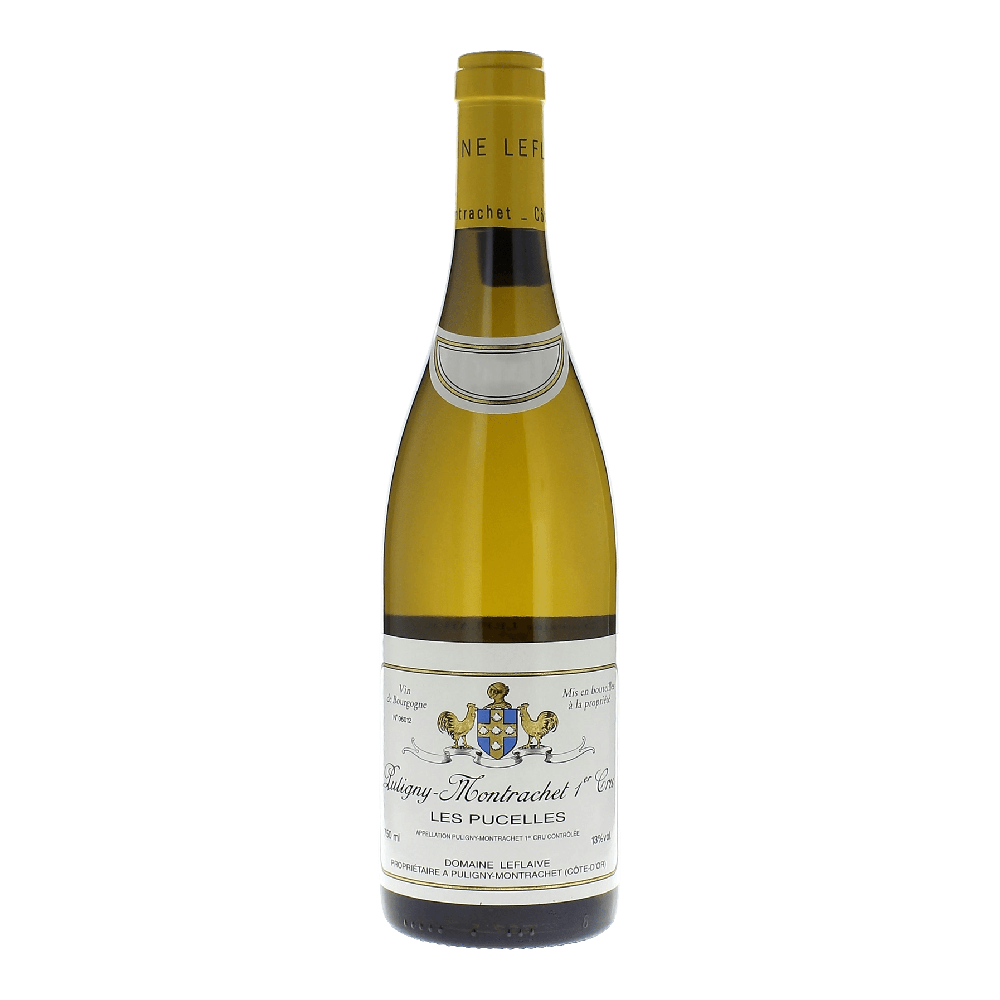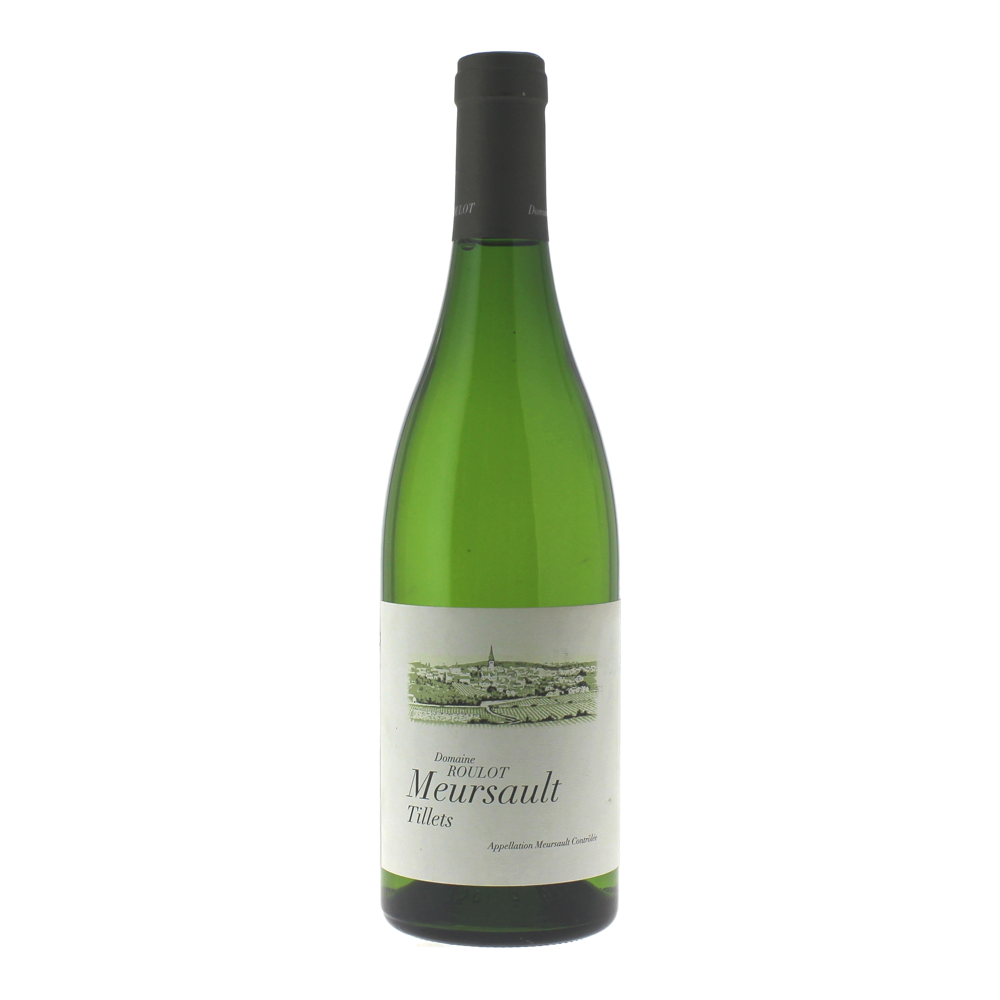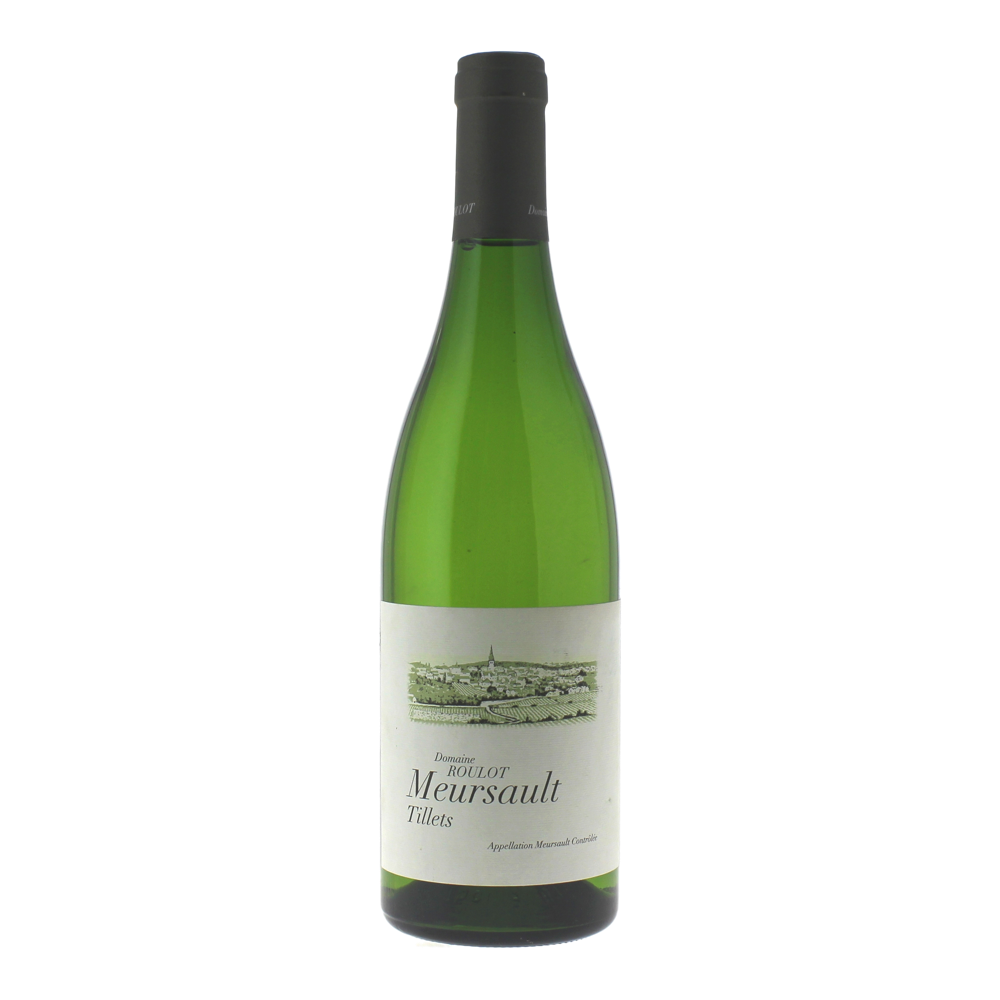The Judgment of Paris: How a Blind Tasting Changed the Wine World Forever
In the spring of 1976, a quiet revolution took place in a Parisian hotel. It didn’t start with headlines or fanfare, and it wasn’t meant to make history - but it did. The Judgment of Paris, a blind wine tasting organized by a British wine merchant, would forever alter the global wine landscape. The results brought forward a new era of recognition for New World wines and challenging centuries of Old World prestige.
Setting the Stage
To appreciate the significance of the Judgment of Paris, it helps to understand the landscape of the wine world at the time. France, especially Bordeaux and Burgundy, was widely regarded as the uncontested capital of fine wine. Names like Château Mouton Rothschild, Domaine Leflaive, and Château Haut-Brion carried an air of unshakable authority. California, on the other hand, was seen as a novelty - a sunny land producing decent but largely unremarkable wines that rarely left the U.S.
Enter Steven Spurrier, a British wine merchant living in Paris. Known for running a small wine shop and a wine school, Spurrier had a genuine curiosity about emerging regions. Intrigued by what he’d been hearing about California wines from his trusted assistant Patricia Gastaud-Gallagher, he decided to stage a tasting that would compare top French wines against California contenders. The twist? The tasting would be blind, and the judges would be France’s top wine experts.
The Tasting
Held on May 24, 1976, the tasting brought together nine French judges and twenty wines: ten Chardonnays and ten Cabernet Sauvignons, split evenly between France and California. The judges included sommeliers, wine buyers, and editors of French food and wine publications, each with a respected palate in the industry.
The wines were served blind, meaning the judges didn’t know the origin of what they were tasting. They evaluated purely on aroma, structure, balance, and overall impression - without the weight of a famous château’s name or the familiarity of a French label.
Against all expectations, California wines stunned the judges by claiming the top spots in both categories.
In the red wine tasting, Stag’s Leap Wine Cellars 1973 Cabernet Sauvignon was ranked highest, beating out classed growth Bordeauxs from Château Mouton Rothschild and Château Haut-Brion. For the whites, Chateau Montelena’s 1973 Chardonnay earned first place, besting iconic Burgundy regions like Meursault Charmes and Puligny-Montrachet.
The results were a shock, particularly to the French judges. Some reportedly asked to change their scores once the wine origins were revealed.
A Moment That Mattered
The immediate media response was mixed. French publications largely ignored the tasting, while American outlets ran with the story. What followed was a ripple effect that eventually reshaped the global wine industry.
California, long seen as a second-tier region, was suddenly thrust into the spotlight. Vineyards that had quietly been refining their craft were now being taken seriously. Wine drinkers around the world, especially in the U.S., started looking closer to home for their bottles. Other New World regions, from Chile to Australia, began to dream bigger.
It wasn’t just about validation, it was about possibility.
More Than a Competition
What made the Judgment of Paris so profound wasn’t just the upset, it was what it represented. For the first time, wine was being judged outside the bounds of reputation, label, or origin. A blind tasting leveled the playing field and reminded the world that great wine could come from anywhere.
It also encouraged a more open-minded approach to wine appreciation. Instead of assuming greatness based on heritage, people began to ask different questions: How does this taste? What’s the story behind the vineyard? Who’s making it, and why? It was a shift from status to substance, and it democratized the conversation around fine wine.
A Legacy Still Felt
Today, the effects of the Judgment of Paris are everywhere. California is now home to some of the world’s most respected wineries. Blind tastings remain a standard in competitions and education, reinforcing the idea that taste should be the final judge. And perhaps most importantly, consumers are more curious and adventurous—willing to try wines from lesser-known regions, emerging winemakers, and untraditional blends.
There’s also something deeply human about the Judgment of Paris. It reminds us that underdogs can surprise us, that tradition has value but shouldn’t be a barrier, and that excellence often thrives in unexpected places.
In the Glass
Next time you open a bottle, whether it’s a Napa Cab or a French Burgundy, consider pouring a second glass blind. Set aside the label, the price, the name. Taste it without assumptions. In that moment, you’ll be honoring the spirit of Paris, 1976.
Because the true judgment of a wine doesn’t come from where it’s from, it comes from what’s in the glass.
